Thermal Springs of Viterbo
For centuries, this town's hot springs have been embraced by rich and poor—and even by Popes.
The city of Viterbo in Italy is known as the “Thermal City” to reflect the numerous hot springs, many of which are adapted as bathing places, in the surrounding countryside. The majority of these hot springs are at a temperature of about 48 Celcius but some of the springs release water at temperatures as high as 58 degrees. Whether you just want free, open-air, access to a hot pool or wish to make use, at a variety of costs, of the many spa facilities and specialist hotels in the area you will have a great amount of choice.
Historically, the use of the springs dates back beyond the Roman period. In the Middle Ages, they were utilized by aristocrats and senior clerics, including the Pope. Of the freely accessible thermal pools, the most famous is the Bullicame (or bubbling place) which was mentioned in Dante’s Inferno.
Thermal springs tend to occur in the valley of the River Arcione, which is located to the west of the city. About eight kilometers from the city center is the spa known as Bagnaccio, which has both a modern spa and the ruins of an ancient Roman bathhouse complex called Bacucco.
The most famous of all the thermal spring bathing places is the Bagno de la Papa, which was originally developed at the instigation of Pope Nicholas V in 1454 (originally known as Termei dei Papa). A medieval bathing establishment existed on this site before the Pope’s involvement but it did not compare to the opulence of the Pope’s bathing palace. The highly luxurious nature of the Pope’s bathhouse was noted by various writers of the time. Numerous other Popes contributed to the development but papal control was eventually lost.
By 1927 the building was in use as a hydrotherapy hospital but much of the building was blown up by retreating German forces in 1944. Now fully restored (restoration started in the 1980s), much of the original structure from the Papal period remains.











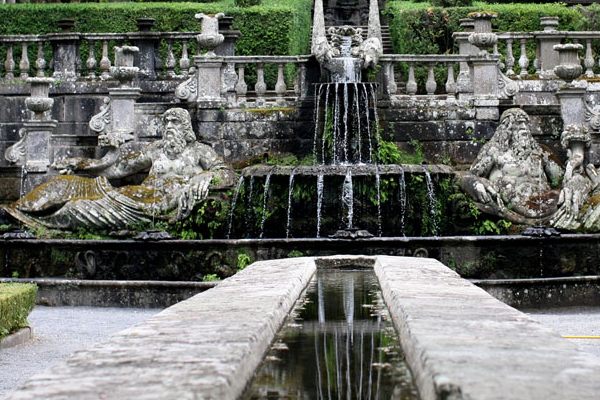
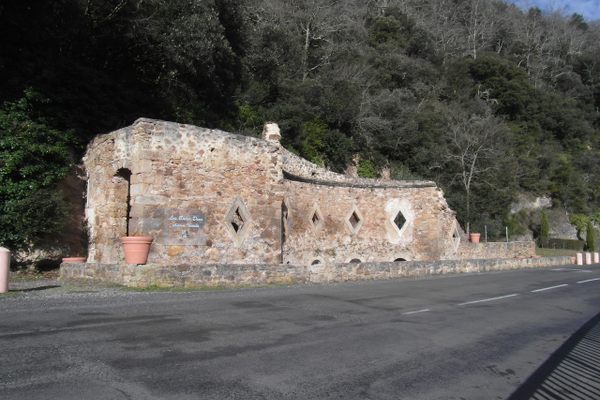
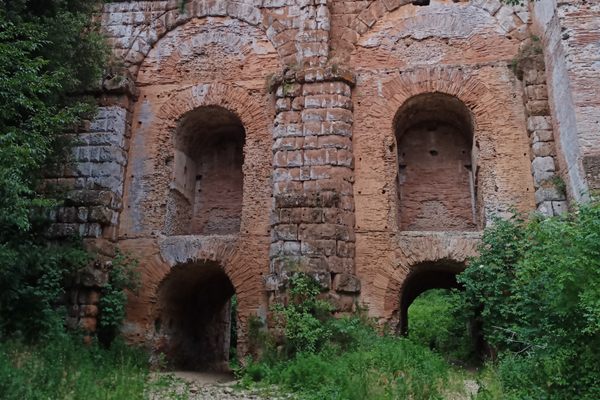
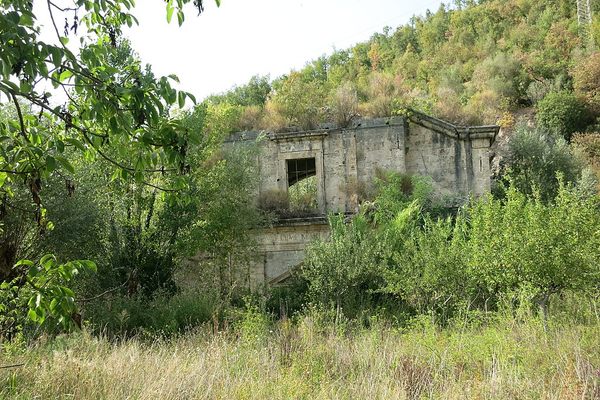

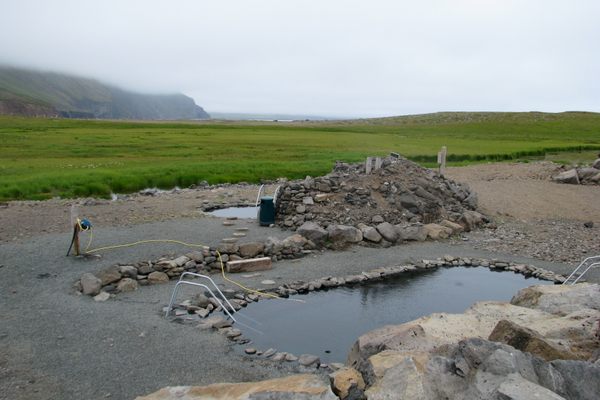

Follow us on Twitter to get the latest on the world's hidden wonders.
Like us on Facebook to get the latest on the world's hidden wonders.
Follow us on Twitter Like us on Facebook